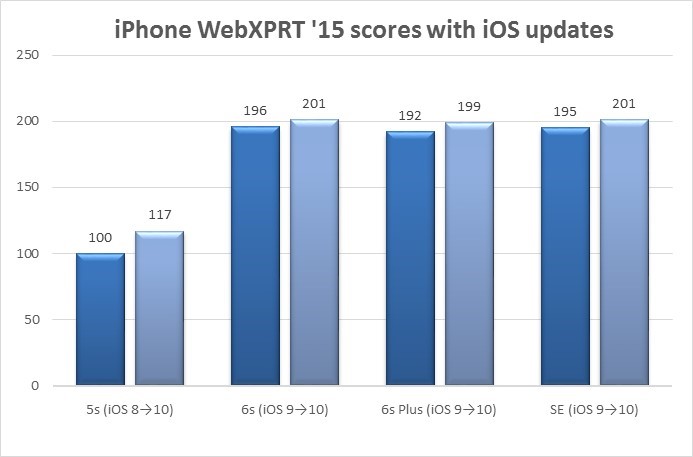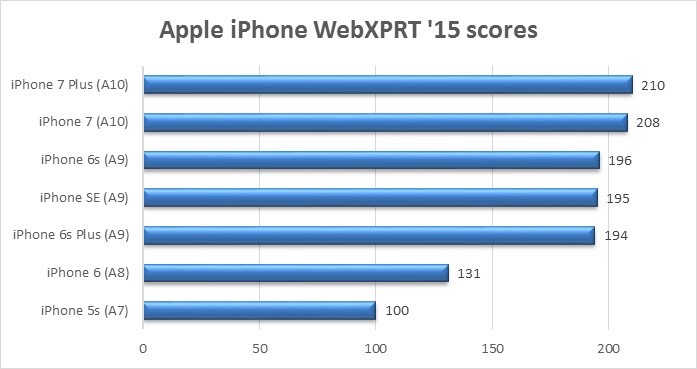This week, we’re continuing our review of the XPRT portfolio by discussing the future of CrXPRT. CrXPRT, designed for use with Chrome OS, is a tool for evaluating the performance and battery life of Chromebooks as they handle everyday tasks. The app’s performance test, which measures Chromebook speed, produces an overall score and individual scores for each workload. The battery life test produces an estimated battery life and a separate performance score. CrXPRT is easy to install and use, and like BatteryXPRT, it evaluates battery life in half a workday.
We developed CrXPRT in response to the growing popularity of Chromebooks, especially in the education sector. The number of OEMs manufacturing Chromebooks has grown dramatically, along with the range of Chromebook price points and form factors. That growth shows no signs of slowing down, so CrXPRT is more relevant than ever as a tool for helping consumers make informed buying decisions.
As Chromebook market share continues to grow, however, it’s clear that significant changes to the Chrome OS environment are on the way. One big change is Google’s decision to bring Android apps, and the Google Play store itself, to Chrome OS. Another change is the plan to “begin the evolution away” from the Chrome apps platform and phase out Chrome app support on other platforms within the next two years.
There are also reports of a hybrid Android-Chrome OS operating system. Codenamed “Andromeda,” it would unite the Android and Chrome OS environments in a manner similar to the way Microsoft Continuum allows Windows 10 to run on a wide variety of device types. Details on Andromeda are few and far between, but it would obviously be a game changer.
The Google Play store rollout to select Chromebooks is already well underway. As for the other changes, it remains to be seen exactly when and how they will be implemented. The Chromium team did state that all types of Chrome apps will remain supported and maintained on Chrome OS for the foreseeable future.
For us, it’s important to maintain the ability to measure both performance and battery life on Chromebooks. The current version of CrXPRT does the job well, so we don’t see a need for a new version until the situation becomes more clear. In the meantime, we’ll be keeping an eye on Chrome-related news.
As always, we’re interested in your feedback. If you have any thoughts on CrXPRT 2015 or the future of Chromebook evaluation, let us know!
Justin














